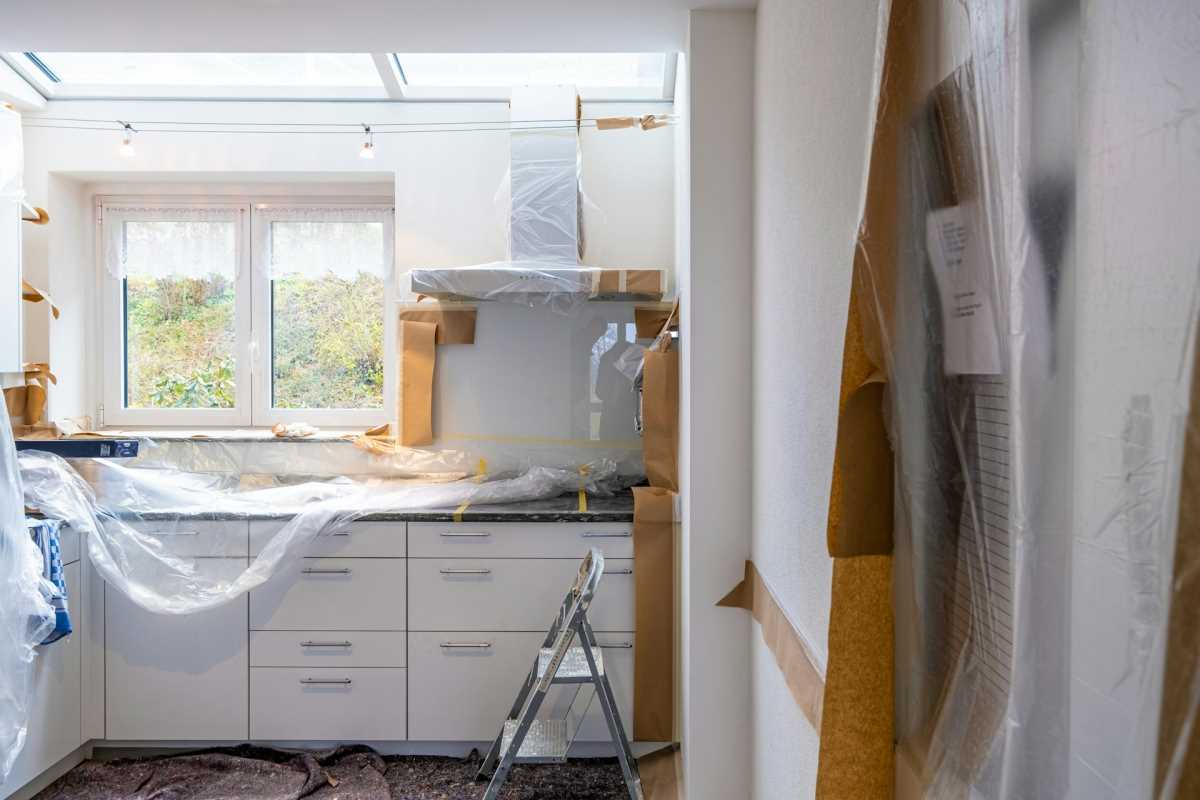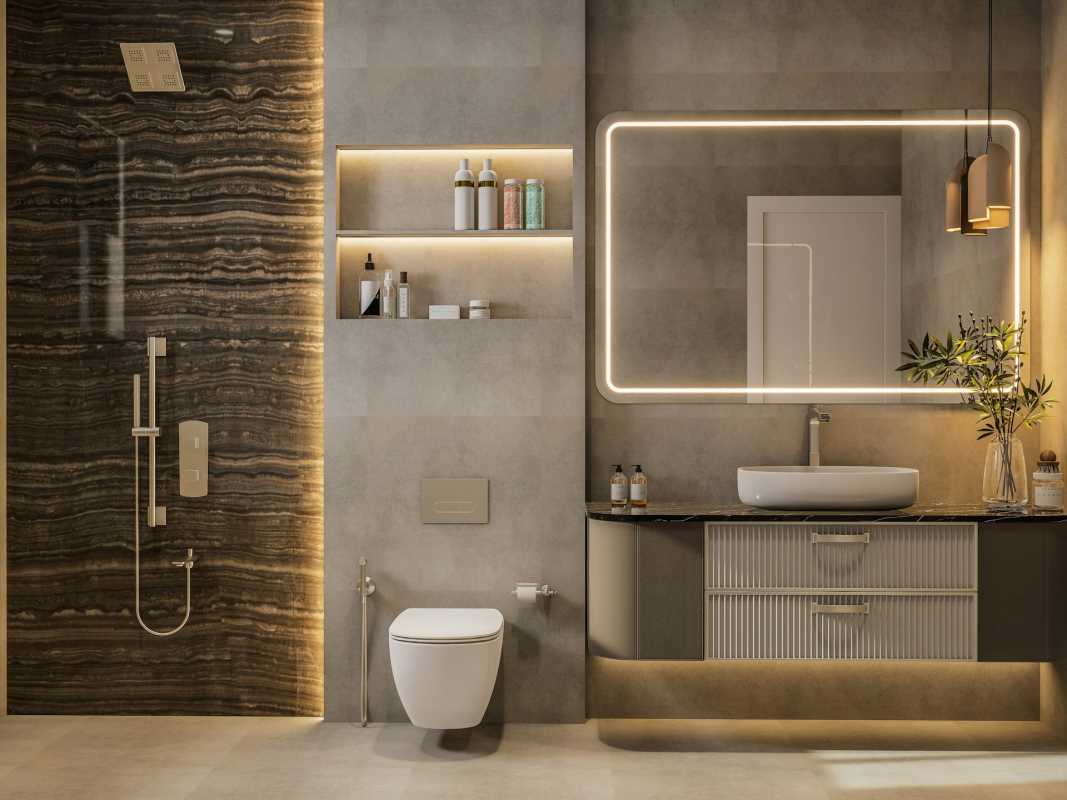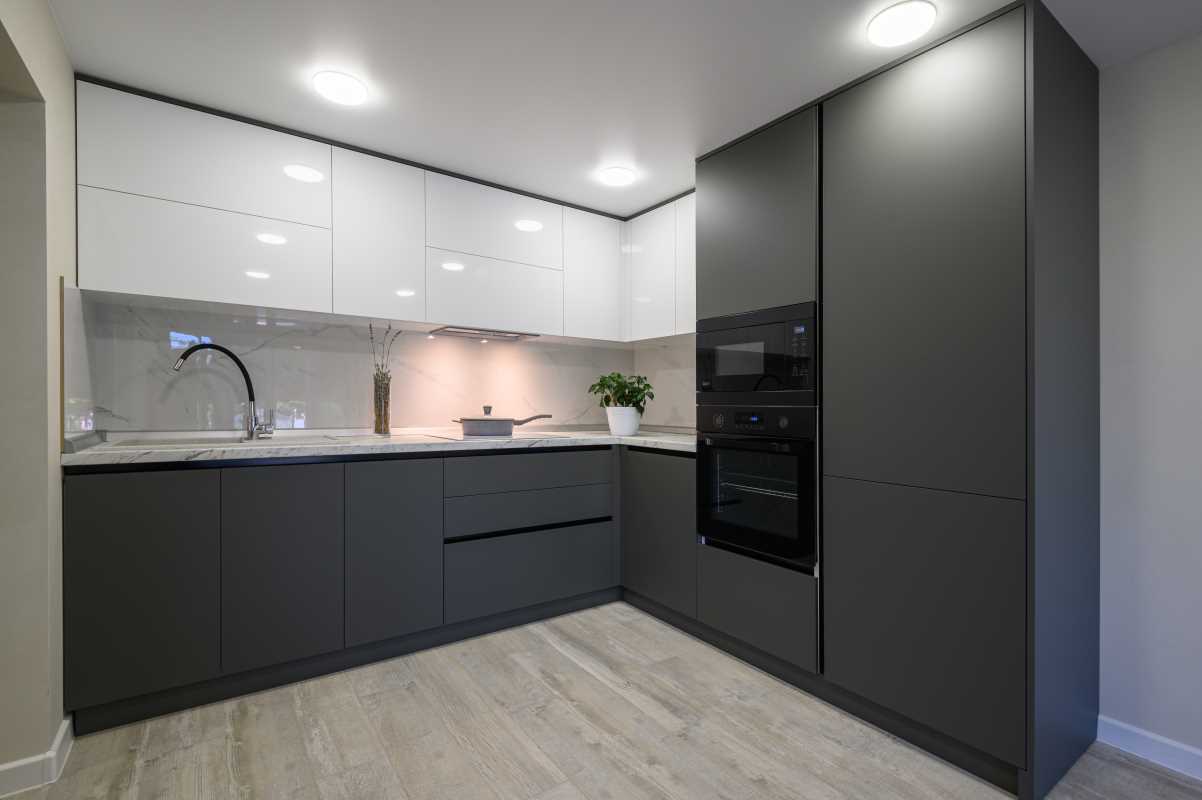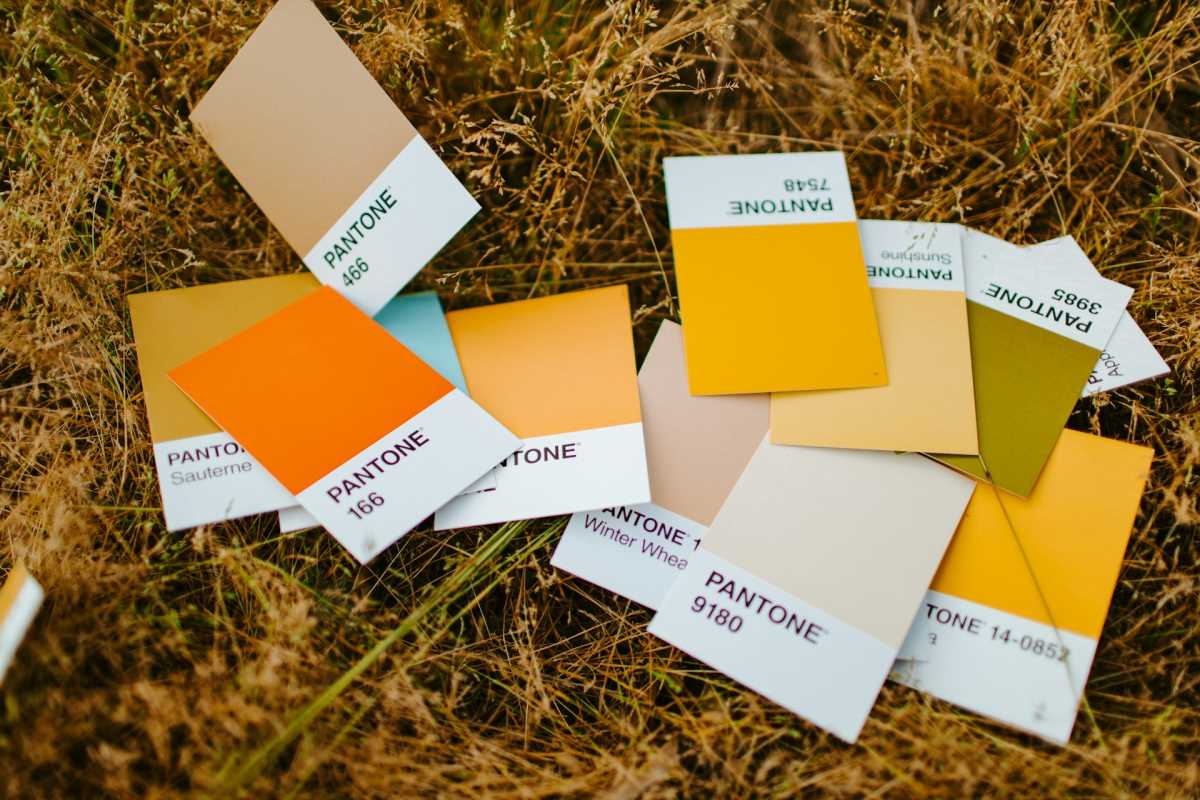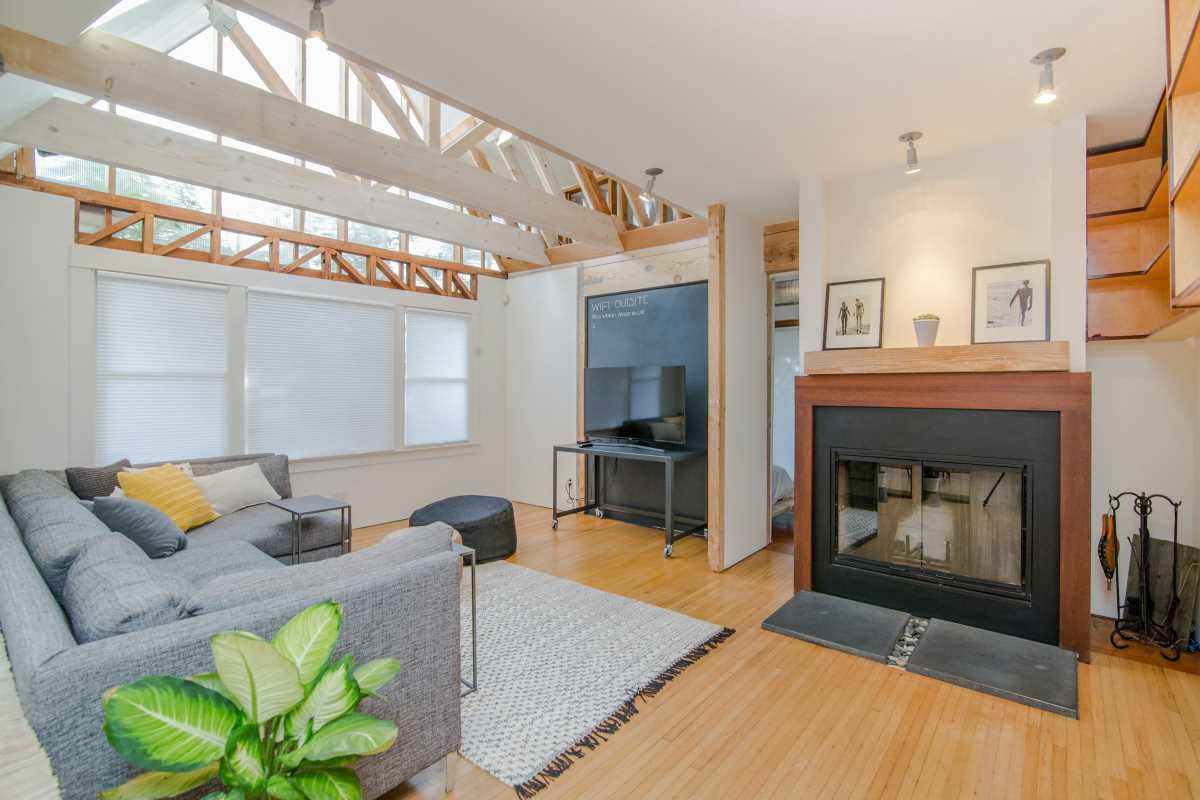Looking to cut down on utility bills while making your home greener? Energy-efficient upgrades are the perfect solution. Whether you’re reducing your environmental footprint, modernizing your home, or saving on monthly expenses, smart investments in efficiency can deliver long-lasting benefits. The best part? These upgrades don’t just reduce energy consumption—they often pay for themselves over time through lower energy bills.
This guide will walk you through the top energy-efficient upgrades, their potential cost savings, and the steps to get started.
1. Improve Insulation for Year-Round Savings
A poorly insulated home loses heat in the winter and cool air in the summer, forcing your HVAC system to work overtime. Upgrading your home’s insulation is one of the most effective ways to improve energy efficiency.
Key Areas to Insulate
- Attics: Heat rises, so insulating your attic prevents warmth from escaping during colder months.
- Walls: Adding insulation to exterior walls reduces heat transfer, keeping your home comfortable year-round.
- Floors and Basements: Insulate crawl spaces and basement areas to reduce drafts and heat loss.
Benefits and Savings
- Potential savings of 10-15% on heating and cooling costs annually.
- Creates a more consistent indoor temperature, reducing the need for constant thermostat adjustments.
Pro Tip
Go for environment-friendly insulation materials, like cellulose or spray foam, for a win-win in energy efficiency and sustainability.
2. Install Energy-Efficient Windows
Windows account for a significant portion of energy loss in most homes. Swapping out old single-pane windows for energy-efficient models can make a noticeable difference.
Features to Look For
- Double or Triple Glazing: Better insulation compared to single-pane windows.
- Low-E Coatings: Reflects heat, keeping homes cool in summer and warm in winter.
- Insulated Frames: Reduce drafts and heat transfer around window edges.
Benefits and Savings
- Cuts heating and cooling costs by up to 25% annually.
- Reduces air leakage and minimizes outside noise for a quieter, more comfortable home.
Budget-Friendly Tip
If replacing windows isn’t feasible, add weather stripping or window film for a quick, cost-effective alternative.
3. Upgrade to a Smart Thermostat
A smart thermostat gives you better control over your home’s temperature, allowing you to optimize energy use effortlessly. These devices learn your habits and adjust heating and cooling schedules automatically.
Features to Consider
- Remote Control: Adjust settings from your phone, even when you’re not at home.
- Energy Usage Reports: Monitor real-time data on energy savings.
- Zoned Heating and Cooling: Tailor temperatures for specific rooms or areas of the house.
Benefits and Savings
- Expected annual savings of 10-12% on heating and 15% on cooling costs.
- Pays for itself in as little as 2 years through reduced energy bills.
Popular Picks
Look into models like Nest, Ecobee, or Honeywell for user-friendly features and proven results.
4. Add Solar Panels for Long-Term Impact
Solar panels are an excellent way to harness renewable energy while slashing electricity bills. Though the upfront cost can be significant, financial incentives and long-term savings make this a worthwhile investment.
Considerations
- Energy Needs: Calculate how much electricity your home uses to determine the size of the system.
- Roof Orientation: Ensure your roof gets ample sunlight throughout the day.
- Tax Incentives: Take advantage of government rebates or solar tax credits to reduce installation costs.
Benefits and Savings
- Reduce electricity bills by 50-90%, depending on your system size and energy consumption.
- Increase home value by an average of 4.1%, making it attractive to future buyers.
- A typical system pays for itself within 6-10 years.
Pro Tip
Pair solar panels with a home battery system for optimal energy storage and use during cloudy days or power outages.
5. Seal Air Leaks
Air leaks are a silent culprit behind wasted energy, allowing conditioned air to escape and outdoor air to creep in. Sealing gaps and cracks is a low-cost, high-reward upgrade.
Areas to Focus On
- Doors and Windows: Apply weatherstripping or caulking to seal gaps.
- Ductwork: Have your ducts inspected for leaks and ensure they’re properly sealed.
- Attic and Crawl Spaces: Fill small gaps or holes with spray foam or caulk.
Benefits and Savings
- Reduces heating and cooling costs by up to 20%.
- Improves overall comfort by minimizing drafts.
Easy DIY Tip
Use a thermal leak detector to identify problem areas and fix them with basic materials from your local hardware store.
6. Upgrade to Energy-Efficient Appliances
Older appliances consume significantly more energy than modern energy-efficient models. Upgrading to appliances with an ENERGY STAR® rating ensures you’re using less energy without sacrificing performance.
Key Appliance Upgrades
- Refrigerators: Modern models use up to 40% less energy than those from just 10 years ago.
- Washing Machines: High-efficiency models cut water use by up to 50% per load.
- Dishwashers: Use advanced technologies that save energy while improving cleaning performance.
Savings at a Glance
Switching to ENERGY STAR® appliances can save a typical household $100-$300 per year.
Quick Win
If new appliances aren’t in the budget, focus on proper maintenance of your existing ones, like cleaning refrigerator coils and using cold water for laundry.
7. Replace Your HVAC System
Heating and cooling account for nearly half of a home’s energy use. If your HVAC system is over 10-15 years old, upgrading to a newer, energy-efficient model could drastically lower your bills.
What to Look For
- High SEER Rating (Seasonal Energy Efficiency Ratio): A higher SEER number means better efficiency.
- Geothermal Systems: Use the earth’s natural temperature for a greener, cost-effective option.
- Zone-Based System: Tailors heating and cooling for different areas of your home.
Benefits and Savings
- Reduces energy costs by 20-40% annually.
- Improves indoor air quality and overall comfort.
Maintenance Matters
Don’t forget to perform regular maintenance, like changing air filters and scheduling professional tune-ups, to keep your system running efficiently.
8. Invest in LED Lighting
Switching to LED bulbs is one of the simplest and most affordable ways to reduce energy consumption. LEDs use significantly less electricity than traditional incandescent or CFL bulbs and last much longer.
Benefits of LEDs
- Consume up to 90% less energy than incandescent bulbs.
- Last 10-25 times longer, reducing replacement costs.
- Available in various tones and styles to fit any home aesthetic.
Quick Tip
Start by replacing the lights in high-use areas like your kitchen, living room, and outdoor fixtures for maximum impact.
Energy-efficient upgrades aren’t just about cutting costs; they’re about creating a more comfortable, sustainable, and modern home. From small fixes like sealing air leaks to major investments like solar panels, each change you make will contribute to lower utility bills and a healthier planet.
The key is to start small and work your way up. Prioritize the upgrades that align with your budget and lifestyle, and watch as your savings (and home value) grow over time. Here’s to a greener and more energy-conscious future!
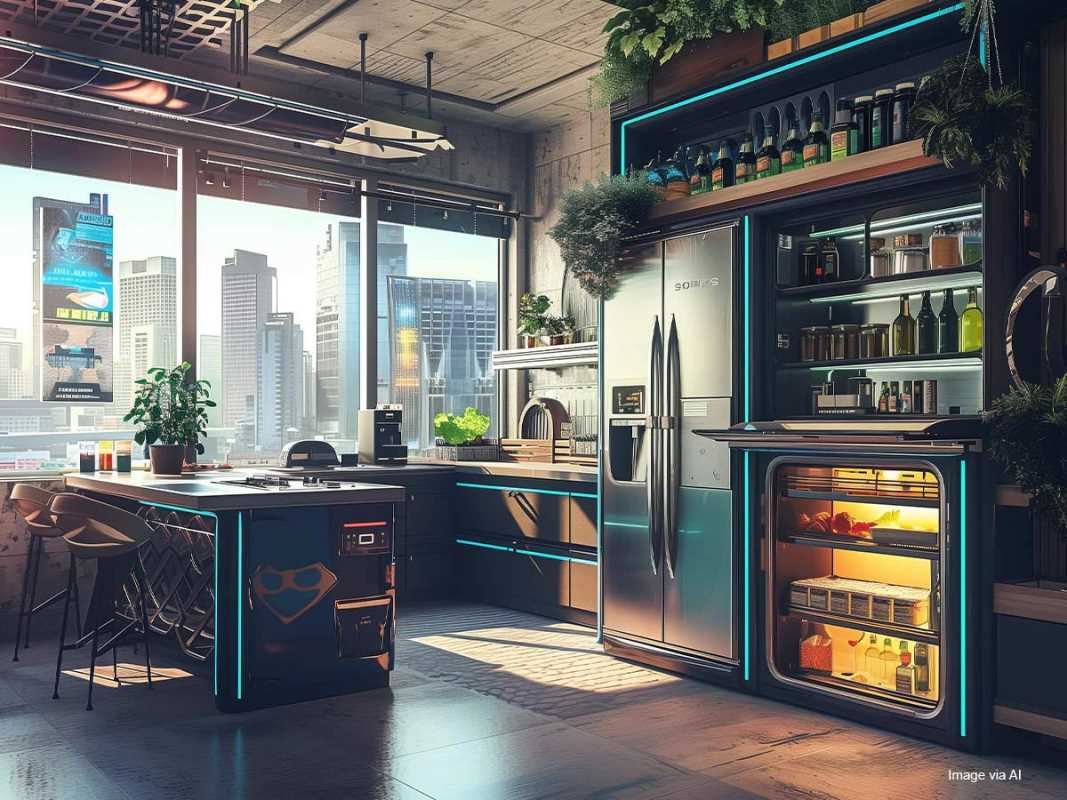 (Image source: Midjourney)
(Image source: Midjourney) 